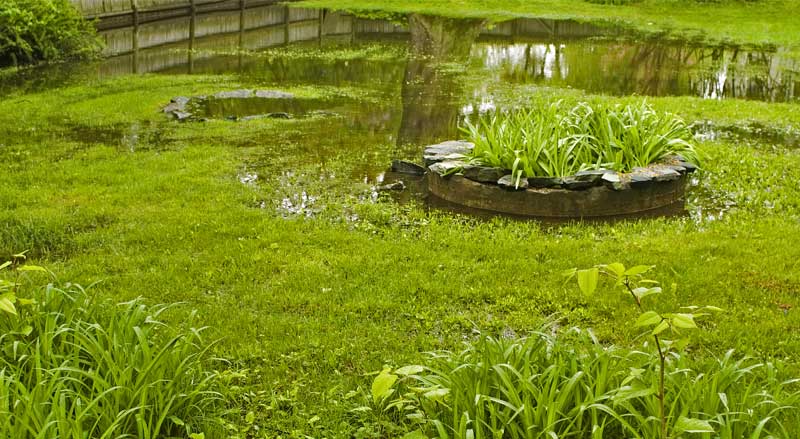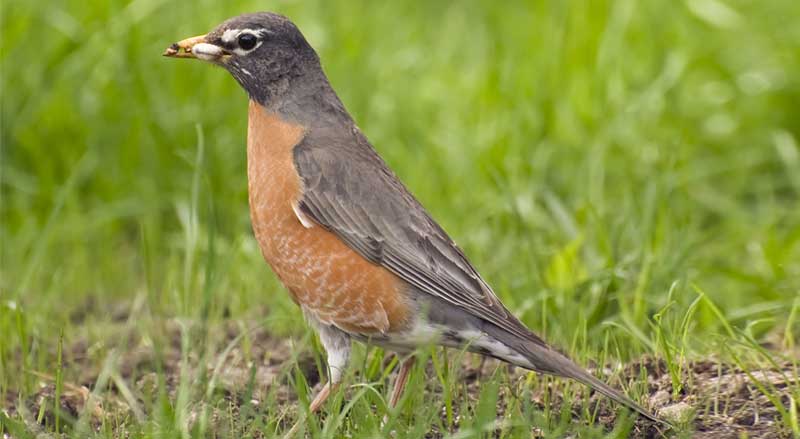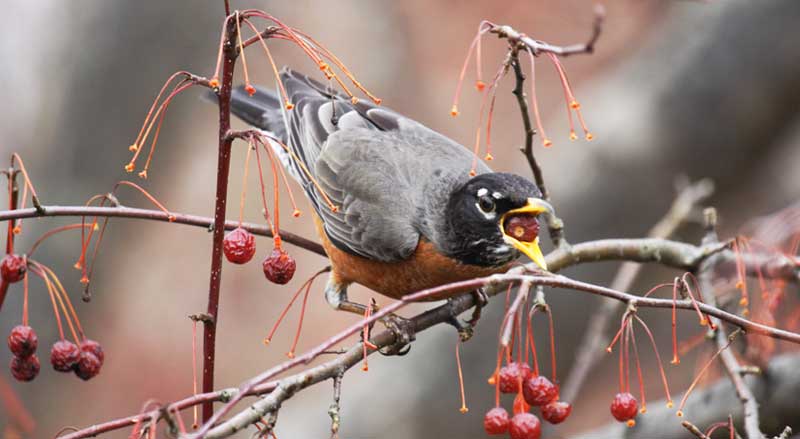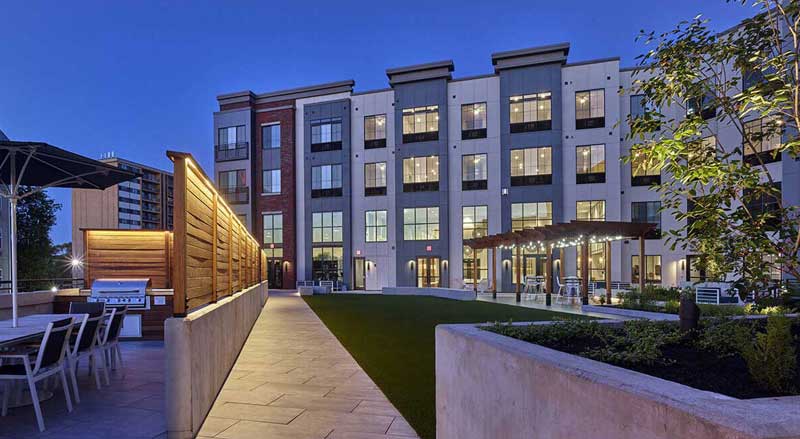If you don’t properly manage water on your property, you can end up with a soggy yard, flooded flowerbeds, a wet basement, and costly damage to your home’s foundation. It’s important to know about moving water away from the house with these landscape drainage and grading solutions.
Lawns, trees, and flowers all benefit from the nitrates found in rainwater. But your landscape can get too much of a good thing.
How to Know Your Landscape Has a Drainage Issue
If your yard didn’t have drainage problems five years ago, it doesn’t mean you don’t have drainage issues today. Drainage problems can be long-standing, develop over time, or suddenly appear.
Foundation problems caused by dangerous water drainage can derail a home sale or seriously decrease the value of your home.
Here are some obvious and other subtle signs that your property has drainage issues now.

- Large puddles on your lawn, or puddles that remain several hours after a rainstorm
- Soggy ground or garden beds
- Water pooling on your driveway
- Overflowing roof gutters
- A wet basement with pooling water or water stains on walls
- Structural problems showing up as cracks in home/garage foundation walls, uneven floors, or curving walls
- Lots of unwanted garden pests, including disease-carrying mosquitos
- Mold and mildew
Surprising Causes of Landscape Drainage Problems
Some causes of drainage problems are obvious—you see small rivers of water flowing toward your house after a storm. Other problems are more difficult to identify; the water source is hidden underground.
You want to discover water problems before they worsen and cause extensive damage to your home or property.
Hire a professional to analyze your property. Experts will discover dangerous water issues and recommend effective and efficient solutions to solve your landscape grading and drainage problems.
Your Property Slopes in the Wrong Direction
It’s critical that property slopes away from your home and other structures such as a garage or shed. When water consistently flows toward a foundation, it’s only a matter of time before costly structural damage occurs.
A dangerous slope toward your house may be obvious. However, a destructive slope can be small, making it unobservable to the untrained eye.
Water pooling in your driveway also exposes a serious problem if the driveway sits next to your house. Overflow from the driveway is probably running down beneath the foundation of your house. If this is the case, resurface or replace your driveway.
Your Neighbor’s Property Sends Runoff to Your Yard
Excessive water runoff can originate from your neighbor’s yard. This is a common problem and addressing it can be tricky. Either your neighbor will take steps to correct this hazard or you will need to redirect the water once it’s on your property.
Your Property is Too Flat
If your property is flat, water will pool on top of the lawn and flood your yard, gardens, and trees. Solutions for this landscaping issue will redirect the excess water in a safe direction.
Your Soil Has Drainage Issues
Tightly compacted soil, or clay soil, won’t easily absorb water. These are two leading causes of lawn drainage problems.
Heavy construction machinery on your lawn can cause soil compression and subsequent drainage issues.
Gutters and Downspouts Need Attention
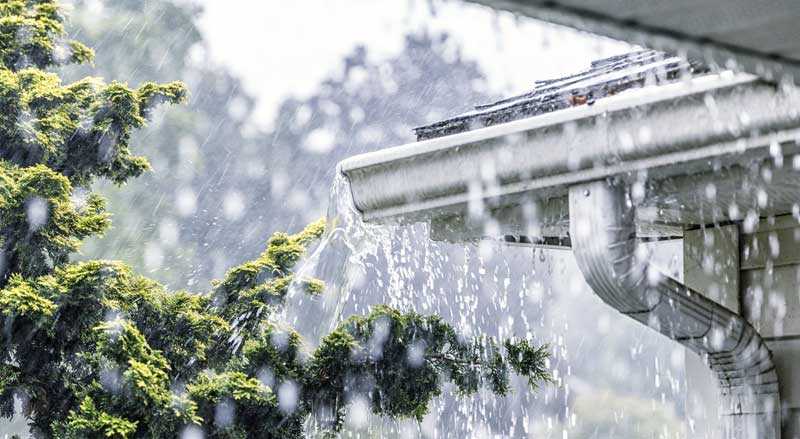
Gutters collect water runoff from sloping roofs and send it to downspouts. The downspouts direct water away from the house.
If the gutters are clogged or the downspouts are too short, water will gather around your home’s foundation.
Landscape Drainage Solutions—Simple and Complex
Your landscape drainage solution needs to address all the water problems on your property. Drainage problems can come from surface water that pools on your lawn or from sub-surface water that collects underground.
Sometimes one small and easy solution for diverting water is all that’s needed; other times there are multiple problems that need to be corrected with multiple and sometimes complex solutions.
An expert in landscape drainage will know exactly how to solve your drainage problems.
Following are different methods used to correct drainage problems in a yard.
Clean Gutters and Expand Downspouts
Gutters get clogged with dirt and debris. Clean them at least twice a year to ensure that water reaches connected downspouts. If you see water overflowing from your gutters after a heavy rain, it’s a sure sign that your roof gutters need to be cleaned.
Check that the downspouts and downspout elbows are directing water far enough away from the house. Experts agree downspouts should extend at least six feet away from the foundation. If the water is being deposited too close to the house, purchase longer downspout extensions.
Protect your property with our professional gutter cleaning service.
Redirect Water with Landscape Regrading
Regrade your yard to direct water away from your home and other structures on your property.
Sometimes only a few small areas need to be regraded; other times, a sloping issue involves much of the yard. It’s best to contact a landscape professional with experience, adequate manpower, and proper machinery.
Use Permeable Hardscaping Materials
Non-permeable materials, such as concrete, may direct water in the wrong direction. Replace these materials with permeable hardscaping products to encourage better drainage by your patio or around your driveway.
Crushed gravel is just one hardscaping material that will improve drainage in your yard or driveway.
Install French Drains
A French drain is made of perforated pipe that’s surrounded and covered by gravel. The pipe is lined with landscaping fabric. It directs underground water so that the water won’t gather by your foundation.
Installing French drains is usually a great option for removing groundwater from your property. They keep basements dry and foundations strong.
Other drainage solutions include:
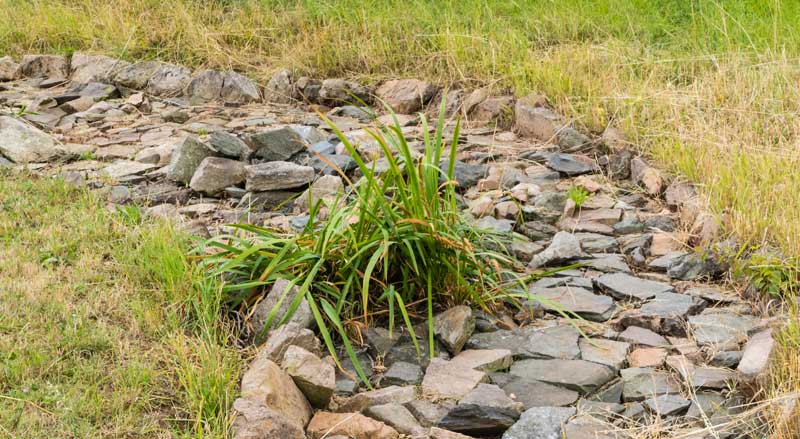
- Trench drains to direct surface water
- Dry creeks/swale—an attractive and functional way to direct surface water
- Rain garden—collects runoff for plants that enjoy a wet environment
- Dry well—a collection area for water filled by a yard drainage method
- Repave or replace driveway
Ask the experts at Landscape Solutions to design and install the drainage system perfect for your landscape. Contact us today.

